
Question More, Action Knowledge.
Remember, at QMAK, we don’t just teach; we empower. We don’t just inform; we inspire. We don’t just question; we act. Become a Gold Member, and let’s unlock your child’s full potential, one question at a time.
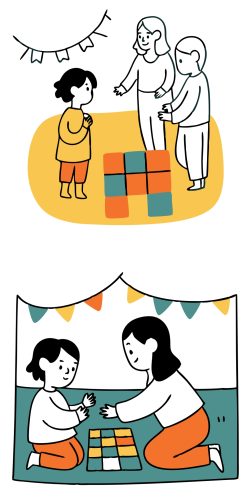
Acceptance and resilience form the foundation for moving beyond a victim mindset.
When children learn to acknowledge and accept their emotions while developing the capacity to bounce back from challenges, they begin to see difficulties as temporary and manageable rather than overwhelming or defining.
These activities are designed to help 7-year-olds and above develop both emotional acceptance—the ability to recognize and make peace with feelings without being controlled by them—and resilience—the capacity to adapt and recover from setbacks.
Through these practices, children build the emotional muscles needed to face life’s inevitable challenges with confidence rather than helplessness.
Purpose: To help children identify, express, and accept all emotions through creative expression, reducing the tendency to suppress or become overwhelmed by difficult feelings.
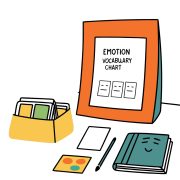
Set the stage for authentic emotional exploration:
Help your child connect with their authentic emotions:
Guide conversation that promotes understanding and acceptance:
Build habits that foster emotional acceptance:
Help your child see patterns and progress in their emotional journey:

Purpose: To help children understand resilience through concrete examples and stories, providing them with templates for facing challenges and building their own resilience narratives.

Choose stories and role models that resonate with your child:
Share stories in ways that highlight key resilience lessons:
Guide conversation that extracts valuable lessons:
Deepen understanding through hands-on engagement:
Build a library of examples to draw upon during challenges:

Purpose: To help children identify and activate their support network, reinforcing that seeking help is a strength and an important part of resilience.
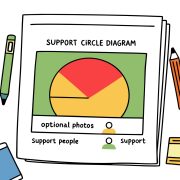
Help your child understand the value of support networks:
Design a meaningful representation of the support network:
Help your child understand various forms of help:
Develop comfort and competence in asking for help:
Build habits that nurture connections:

Purpose: To develop a personalized set of practical strategies for handling difficult emotions and situations, building confidence in the ability to manage challenges.
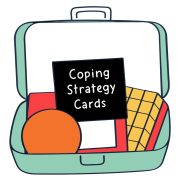
Help your child understand how coping strategies work:
Introduce a variety of techniques to try:
Help your child discover what works for them:
Support the transition from practice to application:
Help the toolbox grow with your child:

Purpose: To develop empathy, agency, and perspective by contributing positively to the community, helping children recognize their capacity to make a difference.

Find age-appropriate opportunities that connect to your child’s interests:
Set up the experience for meaningful impact:
Support your child in making a meaningful contribution:
Guide reflection that deepens learning and connection:
Extend the impact beyond a single event:

These acceptance and resilience activities help children develop:

Remember that building emotional acceptance and resilience is an ongoing journey. Small, consistent efforts matter more than occasional grand gestures.
The goal is to help your child develop an internal foundation that allows them to face life’s inevitable challenges with confidence and flexibility rather than feeling victimized by them.
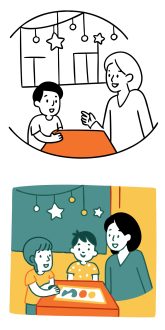
The goal is to help your child develop the understanding that although we cannot control everything that happens to us, we can learn to accept our emotions and develop the resilience to move through difficulties with strength and hope.

Remember, at QMAK, we don’t just teach; we empower. We don’t just inform; we inspire. We don’t just question; we act. Become a Gold Member, and let’s unlock your child’s full potential, one question at a time.